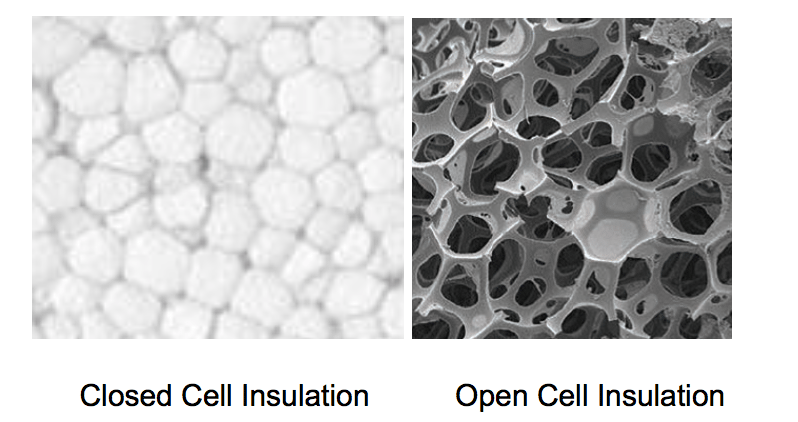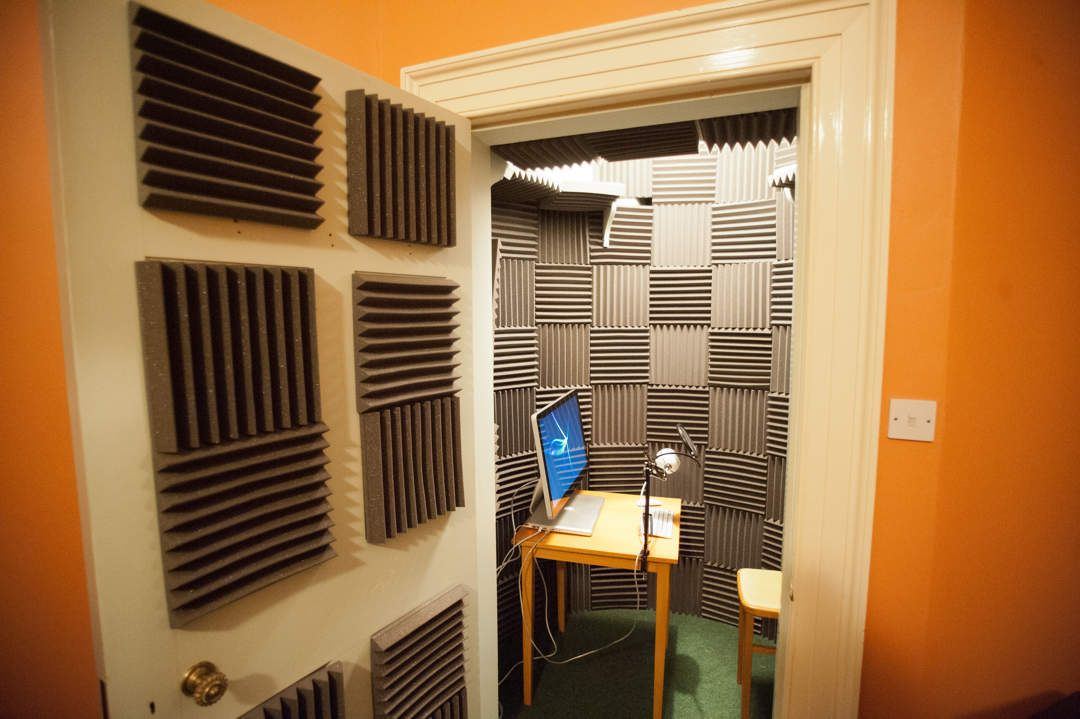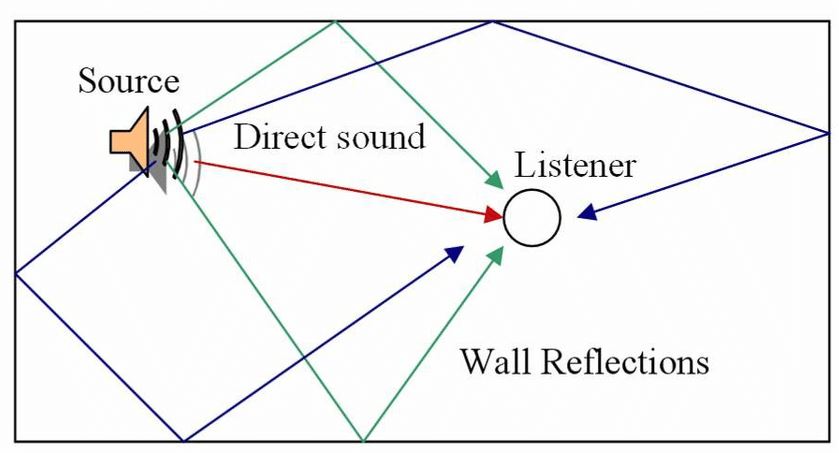Vocal booth foam must be chosen carefully. We must look at the two main foam types and choose the proper open-celled foam that will work well with voice and music. There is really no such thing as a foam specific for vocal rooms. You must use a foam technology that was specifically designed for voice and music. When we look at the open-celled foams for music and voice, we must separate them from the “noise” foams. We separate them by looking at the resonant frequency along with the proper rate and level of absorption. Our voice foam can not over absorb any frequency and amplitude of our voice. We must use the proper rate and level of absorption that works with music and voice and does not work against the music and voice.

Open – Cell Vs. Closed – Cell
There are two main types of foam. There is closed cell foam and there is open-celled foam. They are named by the way their cell structure is designed. Closed celled foam is a series of cells that are circular with all ends connected. The cells are solid. Open-celled foams have an open cell structure. Airflow enters the open cells and bounces around inside the cells within the foam. This flowing and bouncing produce friction. The friction produces heat and we have an energy transformation with absorption occurring. Closed-cell foam is found within your couch seat cushions and your car seats. Open celled foam is the type used in recording studios to manage reflections from the studio wall surfaces.
AF Studio Pro Foam: https://www.acousticfields.com/product/acoustic-foam/
Not All Foams Are Created Equal
The most important quality that an open-celled acoustic foam can have is absorption linearity. The foam must have the proper rate of absorption starting at the proper level. You must start with a low enough level of absorption to deal with a male voice. The male voice is an octave lower than the female. We need to start with the male voice at 125 Hz and move up to 6,300 Hz. It must absorb at a linear rate from 125 Hz. level. As you can see by our absorption data below we have achieved that linearity. Notice the smooth rate from 125 Hz. and up through 500 Hz. Anyone can design a foam that absorbs 100 % above 500 Hz. The real goal is the 125 – 250 Hz. region. The most important frequency range for voice is 125 Hz. – 250 Hz. range. There can be no spatial irregularities in its response curve.

Foam Comparison Chart
Music and Voice Are Different
Music and voice are different than noise. Most foams currently in the marketplace are “designed” for noise. They try and absorb as much energy as possible per square foot without any regard for the proper rate and level of absorption that is required for music and voice. When you absorb energy you lose sound. Once energy is absorbed that energy and the sound within that energy are gone forever. The energy through friction across the foam surface is changed to heat. After the energy transformation and the loss of our sound forever, we run the risk of overabsorption. Our music and voice require a more selective approach without over absorbing them and creating a room sound that most refer to as “dead”.
Foam Thickness
Different room usages require different thicknesses of foam. A room used for male voice has different absorption requirements than a room used for a female voice. A male voice can go down to 90 Hz. A female voice rarely goes down to 100 Hz. These lower octave ranges require different foam thicknesses to treat. You must have the appropriate rate and level to treat the frequency range of the sound source within the room. Every room size has different treatment requirements. The vocal booth foam must match the gender of the sound source along with dimensions of the vocal booth. Not all vocal booths are the same size. Vocal booth foam must take into consideration the room size and volume along with the gender of the source.
Room Size and Volume
Vocal booth room size and volume have a direct impact on the sound quality of your vocals. There are ratios of room width, height, and length that are more favorable to the human voice. Of the three dimensions we have to work with the ceiling height is the most critical of all the dimensions. The ceiling reflection at the microphone position is the first reflection that the microphone sees. With voice, it is always a balance between room sound and vocal sound. There is the direct energy from the human to the microphone and the reflection from the room boundary surfaces which produce room sound. It is always a balancing act between the two “sounds”. The direct energy is the straight-line energy from the human to the microphone. The room sound is the reflections from the room boundary surfaces.
Vocal Room Diffusion
Diffusion is a technology to make a small room sound larger. In a vocal room, we have two choices for treatment. We have vocal booth foam and diffusion. Quadratic diffusion can open up your vocals by reducing the impact of reflections without using absorption. Placed upon the front wall and ceiling it can make the microphone think that the surface areas are much farther away than they actually are. Today’s vocals suffer from what engineers call the closet effect. With small spaces, vocals sound “cramped” and lifeless. Quadratic diffusion will open up your vocal presentation and provide more “air” between the sounds created. Care must be taken on what surface area to place the diffusers and what prime number diffuser to use for your particular room size and volume. Here is a link to Brenda’s Studio 23 using quadratic diffusion on the front wall.
https://www.acousticfields.com/voice-over-booth/
About Us At Acoustic Fields: https://www.acousticfields.com/about/








